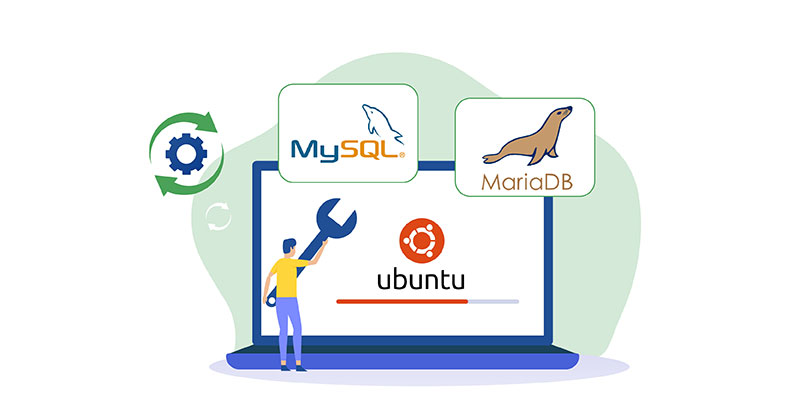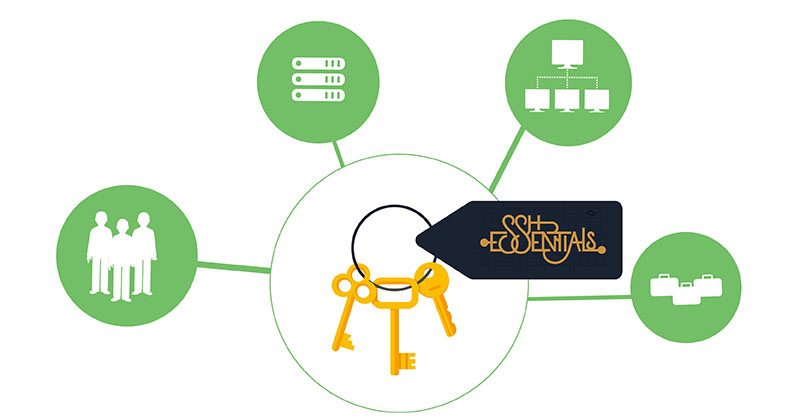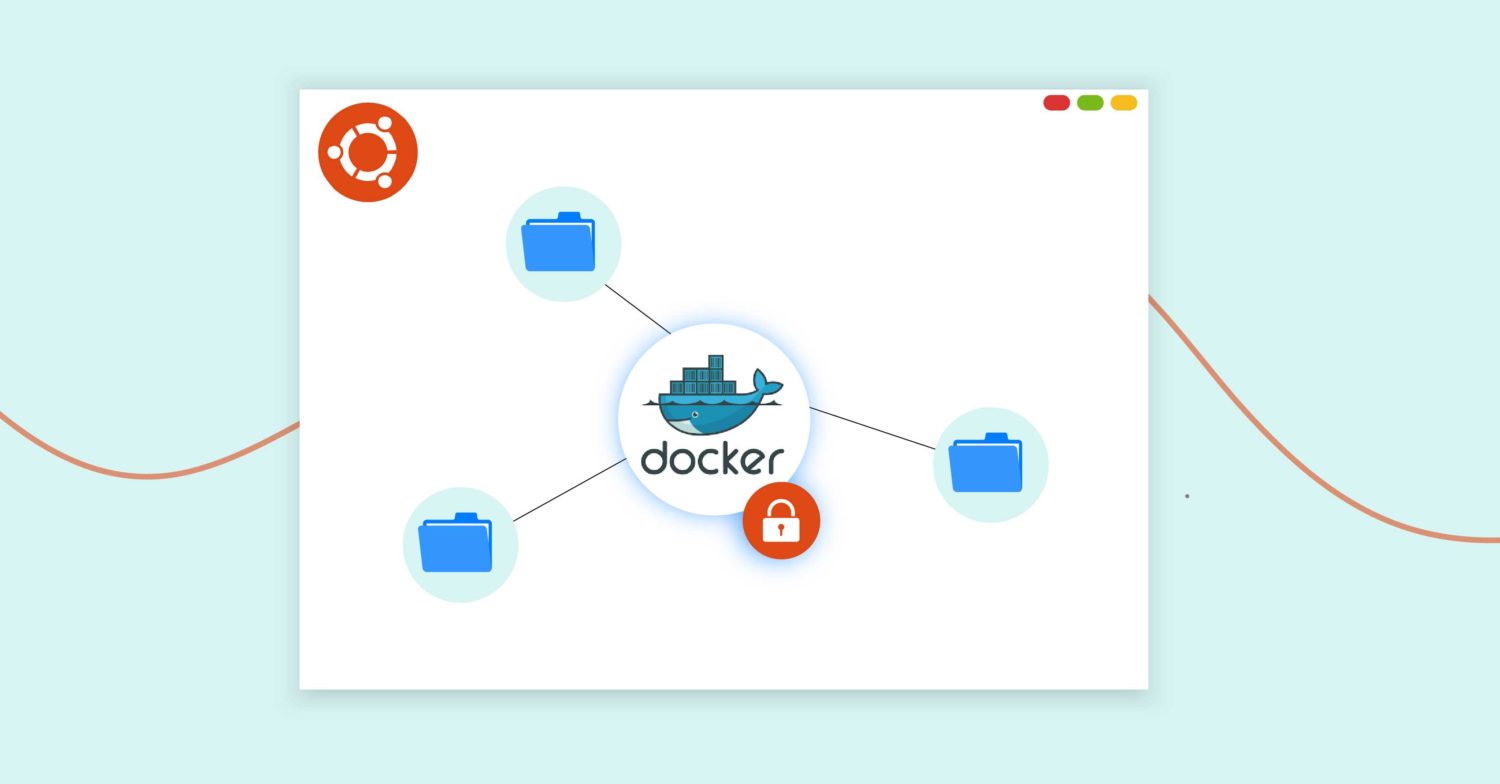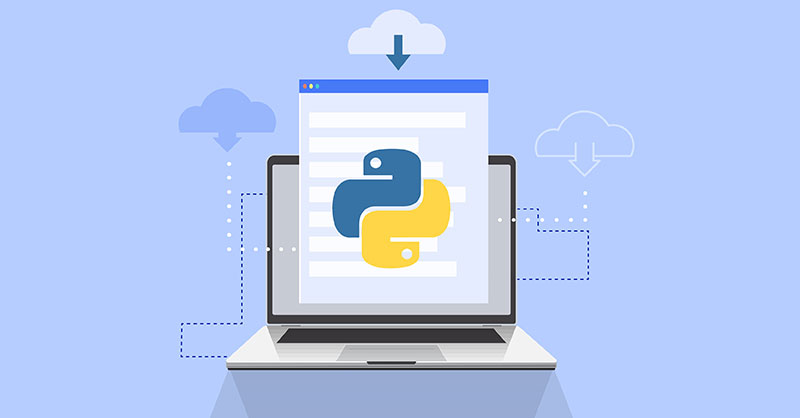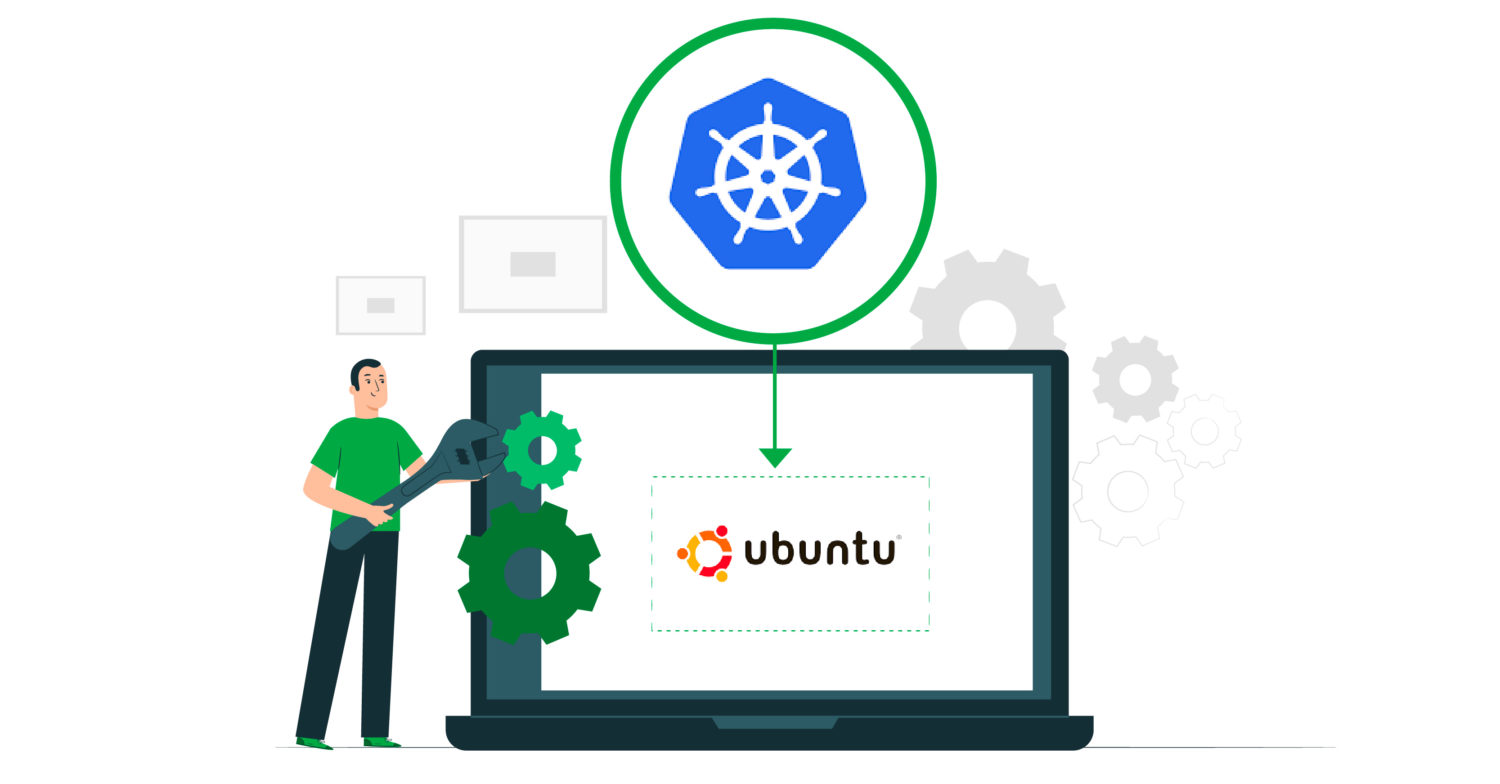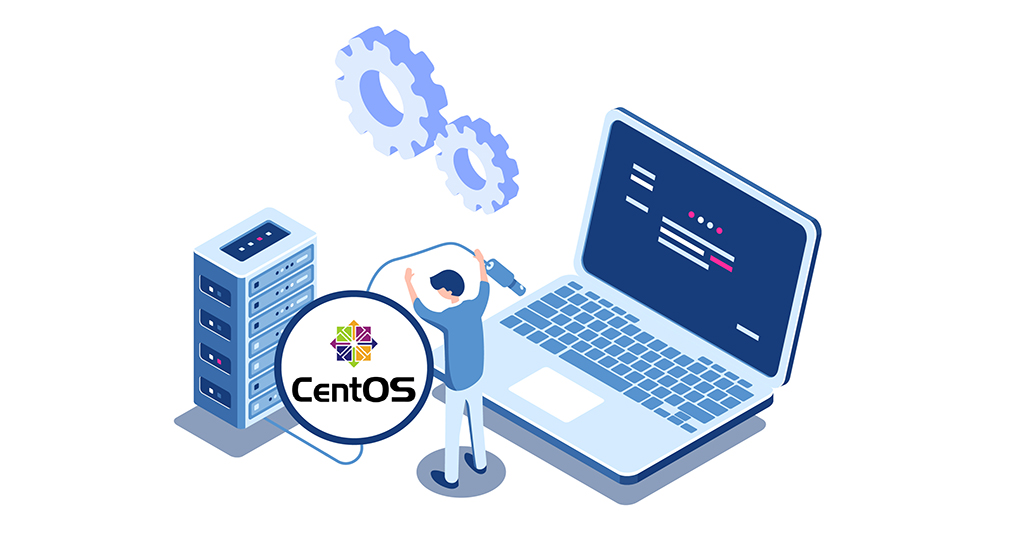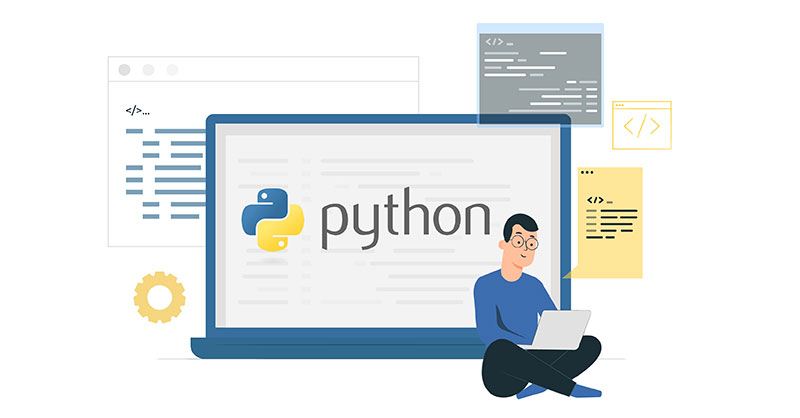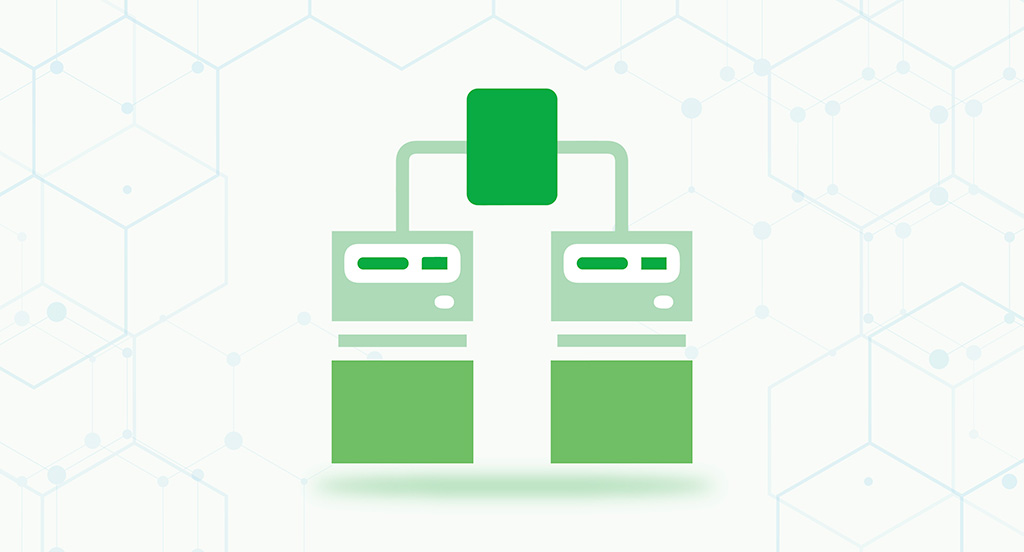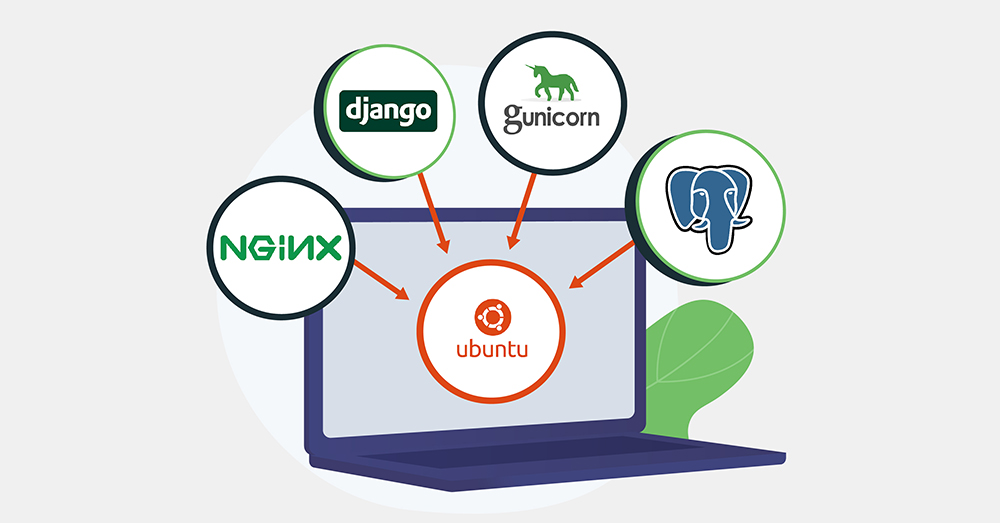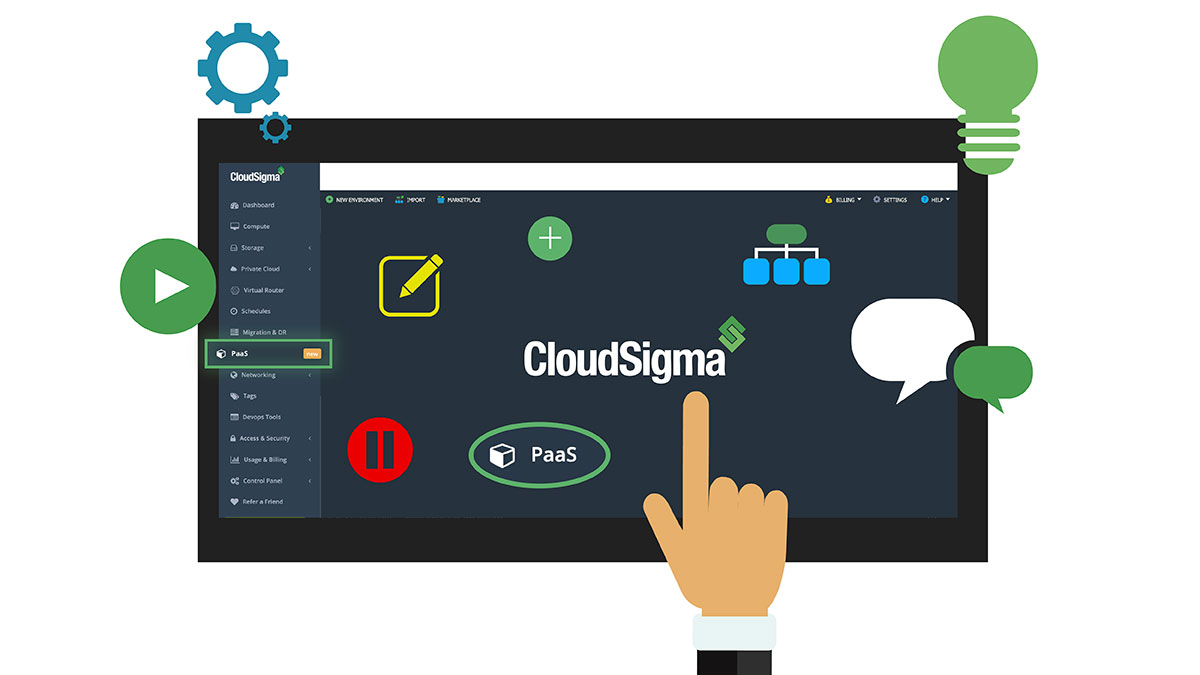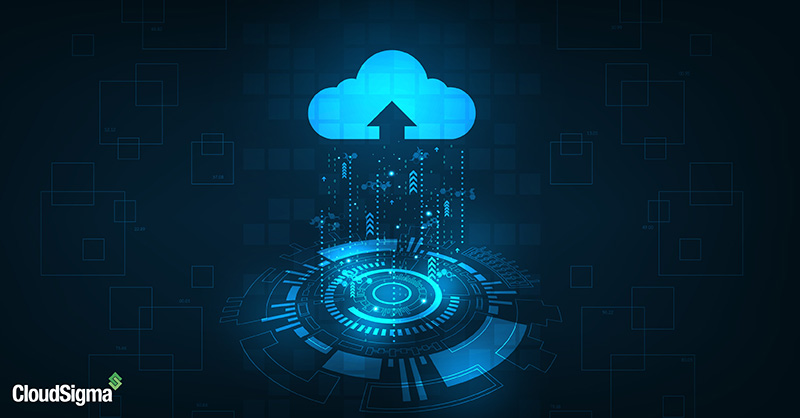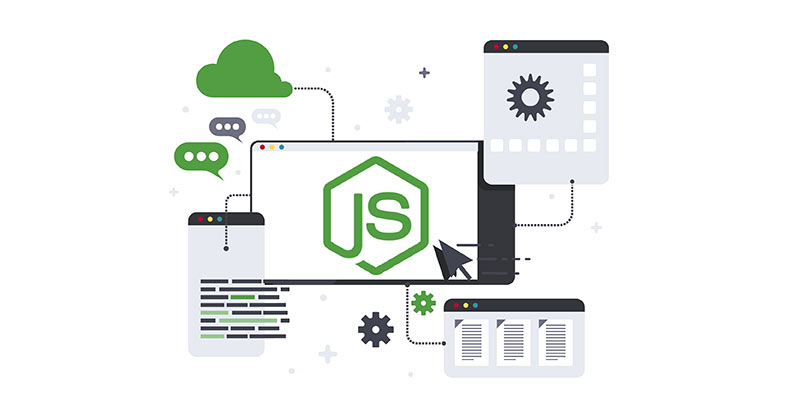MySQL is one of the most popular database systems out there. It’s an open-source relational database management system that follows a client-server model. MySQL is at the core of many of the online services we enjoy on a regular basis. MariaDB is a community-developed fork of MySQL that enjoys commercial support. In the MySQL ecosystem, root is the default user …
SSH Overview – SSH Servers, Clients, and Keys
When it comes to remote computing, SSH is one of the most popular and secure protocols. SSH is a cryptographic network protocol that establishes a secure connection with remote devices. Upon connecting to a remote device, a user can run commands on the remote shell. SSH is most common among network and system administrators. This cheat sheet-style guide demonstrates an …
Setting Up a Private Docker Registry on Ubuntu 18.04
Introduction Docker Registry is a centralized application that handles the delivery and storage of various Docker container images. This collection of container images saves a lot of time for developers. Docker images provide the exact same environment as to how it was built using virtualization. Thus, building Docker images takes a good amount of time from developers. A good example …
Importing Modules in Python 3: A Comprehensive Guide
Introduction Most of us are familiar with Python as a programming language. One of the great things about Python 3 is the myriad of built-in functions it offers. You get access to these functions when you are using Python 3 to write different types of code. Before we start, take a look at our tutorial on installing Python 3 and …
How to Install and Use Kubernetes on Ubuntu 20.04
Introduction Kubernetes is an open-source tool that is crucial in container orchestration. Kubernetes works by orchestrating and managing clusters at scale across various cloud environments or even on-premise servers. A cluster is a set of hosts meant for running containerized applications and services. A cluster needs a minimum of two nodes to work – one master node and a worker node. Keeping …
Performing Server Setup Using CentOS 8
Introduction In this guide, we are going to explore how exactly you can go about setting up your server when using CentOS 8. There is a configuration process that you have to follow. We will divide the configuration up into five individual steps. You will be able to perform server setup easily following these simple steps. Doing so will strengthen …
Programming with Python 3: How To Go About Constructing Classes and Defining Objects?
Introduction We all know about Python as a programming language. To be more specific, Python is an object-oriented programming language. In object-oriented programming, or OOP, the goal is to make reusable code patterns. This is different from procedural programming where we give a sequence of instructions. Object-oriented code is especially useful when you are working on complex programs. When you …
CloudSigma PaaS Platform Load Balancing How-to Guide
On CloudSigma’s PaaS Dashboard settings, you will find a tool known as a load balancer. Load balancers are dedicated nodes that allow you to perform load balancing– the process of traffic navigation and workload distribution across different components in your infrastructure. CloudSigma PaaS gives you the option to add these instances manually into your environment. You will get the option …
Setting up Django with PostgreSQL, Nginx, and Gunicorn on Ubuntu 20.04
Django is a free, and open-source web application framework that’s built in the Python programming language. Django is super-fast, secure, and highly scalable. At the hand of a skilled developer, Django can quickly establish a powerful website. It can seamlessly integrate with popular web servers (Apache, Nginx), and databases (MySQL, MariaDB, PostgreSQL, Oracle, and SQLite), etc. Django powers some of …
CloudSigma PaaS Platform Dashboard How-to Guide
The following is a detailed guide that will help you become familiar with the CloudSigma PaaS Dashboard. We will go over all of the different features, tools, and icons you can interact with on the user interface to create and modify your project. You need to follow along with this tutorial on the CloudSigma PaaS platform. This way, you can …
Facilitating Migration Across Cloud Platforms with Zero Code Change Deploy and No Vendor Lock-In: CloudSigma PaaS Guide
Vendor Lock-In Migration When it comes to making web-based applications, a lot of PaaS providers tend to make their developers use the Twelve-Factor App methodology. Other services will require you to build your application while keeping the requirements of immutable infrastructure, or proprietary runtimes and APIs in mind. In case you ever need to migrate from virtual machines to containers, …
JavaScript: a Tutorial on How to Index, Split, and Manipulate Strings
Introduction If you want to work in JavaScript, you need to be familiar with strings. A string is a sequence of characters that can be letters, numbers, or symbols. In terms of quantity, it can be one or more than one character. Each character in a string is associated with a number. This is the index number that you can …


